There came a point in time when Gertrude Stein was more famous for being Gertrude Stein than for anything she’d written. The American writer, born in Oakland, California, in 1874, moved to Paris in 1902 and devised a style of writing that privileged the sounds of words over narrative or plot, a process of discovery inspired by the art she discovered in the city. The non-representational canvases of Picasso and Cézanne, who became her close friends, made more of an impact on her emerging style than any writer: colors and shapes told a story of their own beyond any apparent subject or setting.
She engaged in constant battles of wits with publishers and editors, eventually resorting to publishing her writing herself instead. Her books Three Lives, The Making of Americans and Tender Buttons found small and devoted audiences, but provoked ridicule from reviewers and more casual readers. However, tales of the Saturday evening salons she hosted in her apartment at 27 rue de Fleurus, a hub of ideas and personal connections, turned her into a cornerstone of Parisian artistic life. Here Picasso hung out with Cézanne and Matisse, andF. Scott Fitzgerald dropped by for advice while he was writing The Great Gatsby.
On a lecture tour of the US, Stein was fêted wherever she went and saw her name in lights in Times Square
This new Stein biography by the British writer Francesca Wade unfolds as a study in frustration. Wade divides the book down the middle. Stein has died already, from cancer in July 1946, by page 198 and the remainder of the biography serves up the “afterlife” promised by its title. Stein’s partner Alice B. Toklas – the woman she called her “wife” – would live for another 20 years and Stein’s work thrived through Toklas’s tireless advocacy and promotion, as if her death had been a mere inconvenience rather than anything terminal.
Almost 500 pages on a writer nobody reads much might seem like a big ask, but Stein’s posthumous reputation and influence continue to manifest themselves in writing, music and theater – the show Veep has numerous allusions to her – and through the work of generations of artists she never knew, from John Cage and E. E. Cummings to Don DeLillo. The hunch that a Stein biography should not be wrapped up neatly with her death proved a wise one. There’s another reason to engage too: her playful games with sound and meaning stress-tested language and makes one appreciate it anew.
Stein was cushioned from the financial pressures that came with being an artist unconcerned with finding a public by family money. Both parents died during her teens and her brother Michael, who had invested in buses and streetcars in San Francisco, took charge of the family finances and was able to give his sister a healthy monthly allowance. Gertrude wound up in Paris by accident. Another brother, Leo, from whom she would eventually become estranged, fancied his chances as a painter and traveled to Europe to make his name.
Stein accompanied him to Paris, a city which, for Leo, meant long days immersing himself in the Louvre. Gertrude connected quickly with a different part of the city’s art scene, befriending Picasso, Matisse and Cézanne. Picasso inched his way towards the mature Cubist style of his landmark “Les Demoiselles d’Avignon” through testing form – his perspective on the female face in particular – by painting a portrait of Stein which she hung with pride above her working desk for the rest of her life. She secured her financial position by buying up the work of her close friends, as well as paintings by Gauguin and Delacroix. Whenever she needed to balance the books later in life, she would simply sell a painting.
The modernist style of painting she encountered in Paris resonated in other ways, too. Before leaving the United States, Stein had studied at Radcliffe College, a women’s college affiliated to Harvard, with the psychologist William James, and the psychology of people she met became her fascination (if not their physiology: she later went to medical school where she declared herself “openly bored”). The paintings that intrigued her most similarly penetrated the surface to take her inside the inner lives of their subjects. Wade describes how looking at Cézanne’s “Portrait of Madame Cézanne” thrilled Stein. There was no overt center to the painting; “each part is as important as the whole,” she said. Stein made diagrams that calibrated the personality traits of friends and associates, carefully thinking through how the lessons she’d acquired from art could be applied to the written word and to literary form.
In 1931, though, a crisis arose. Stein’s Stanzas in Meditation were supposed to represent the culmination of all her experiments, the moment when finally she reached her goal of chiseling language down to a palette of disembodied words and individual syllables with which to work. A theme recurring through Wade’s study is Stein’s knack of blocking out anything she deemed inconvenient and disruptive to her writing routine, which even extended to World War Two which she only acknowledged once Paris fell under occupation.
But with Stanzas in Meditation near completion, Stein rediscovered the unpublished manuscript of a novel she’d written shortly after arriving in France. This early story, with lightly fictionalized accounts of formative loves and lusts, she knew, meant trouble. Stein believed that her every word merited publication – but the inconvenient revelations contained in this piece of juvenilia could not be wished away. “No secrets” had been one of the ground rules when she became intimate with Toklas – so how to explain the contents of this early book to her?
Stein’s solution to this apparent impasse handed her the literary success she’d always craved, while the early novel itself was simply never mentioned again between herself and Alice; Things As They Are was published only after her death. The Autobiography of Alice B. Toklas, published in 1933, mollified Toklas by placing her at the center of Stein’s life. Its conceptual sleight of hand – Stein borrowed Toklas’s life-story as a vessel through which to amplify her own achievements – was a smart piece of biographical cosplay. Stein hinted at the conceit as the book ended by writing, as Toklas, that she (Toklas) had encouraged Stein to author an autobiography – and “this is it.” But its page-turning plot and uncomplicated sentences were not at all what Wade terms “Steinish” and are the very antithesis of Stanzas in Meditation.
The Autobiography of Alice B. Toklas was not Steinish in another way, too. Unlike anything else she’d published, it sold well. On a subsequent lecture tour of the US designed to capitalize on the book’s success, Stein was fêted wherever she went and saw her name up in lights in Times Square. By then in her sixties, following decades of hard and usually thankless slog, nobody could blame her for enjoying her big moment. But this victory was decidedly pyrrhic. She’d have preferred it had the fuss instead been made over one of her explicitly modernist texts, especially her mammoth novel, The Making of Americans. Her history, she said, of everybody who had ever lived had been more than a decade in the writing, and she considered it to be on a par with James Joyce’s Ulysses.
There’s nothing else quite like The Making of Americans, more than a thousand pages of intricately knitted-together loops of words – “She compared the incremental changes in her repeated phrases to the succession of unique frames in cinema,” Wade tells us, “designed to bring out a sense of ongoing motion that would unfold on the page as if in real time.” Stein, we read, deliberately kept her distance from Joyce, as Ulysses had become the totemic modernist text and The Making of Americans had yet to find a publisher. Their one chance encounter at a party was strained and awkward; they acknowledged their names were linked and that they lived in the same neighborhood, then quickly moved on. Wade is very good at untangling the distinction between Ulysses – which revels in preexisting meanings of language – and Stein’s desire to uproot language from existing inferences and nuances.
Wade has clearly designed her own biography to be read with ease; the first part speeds along as veritable biographical soap opera, loaded with cliffhangers at the end of chapters. By page 30, Gertrude is in Paris, via a stopover in London during which she read copiously in the reading room at the British Museum. Alice turns up on page 45 and from there Wade gallops through her subject’s work and her clashes with the likes of James Joyce and Ezra Pound (who accidentally broke a chair in Stein’s apartment and “was not invited back”) and the queer politics of the time. The tempo slows down a little during World War Two, when Stein gradually reconciled herself to another way of living. Then it’s only a few pages until her death.
Noting that Wade has written a very readable – therefore un-Steinish – book about Gertrude Stein is an inevitable and yet unfair observation. Using Toklas as a gatekeeper and corresponding only with intimates she trusted, Stein deliberately concealed herself, leading a life that might have been designed to make writing her biography a tall order. The afterlife fizzes; the first half of the book feels dutiful at times. One problem with the structure the peculiarities of Stein’s story imposed upon Wade is that the work itself is too often relegated to a supporting role. Although more details emerge about The Making of Americans and Stanzas in Meditation during the “afterlife” section of the book, focused analysis feels thin on the ground, leaving readers to patch details together from different sections of the book.
Can’t complain, though. Advocating for a figurehead of modernism such as Stein in the current publishing climate is no mean feat, and Wade could certainly have made life easier for herself by opting to add another volume to the Virginia Woolf library, making the most of the considerable success of her first book, Square Haunting. But distinct from Joyce and Woolf, Stein matters because she established that process can count for more than product. The world still has a long way to go before it falls in love with Gertrude Stein – but it’s a love well worth acquiring.
This article was originally published in The Spectator’s October 13, 2025 World edition.



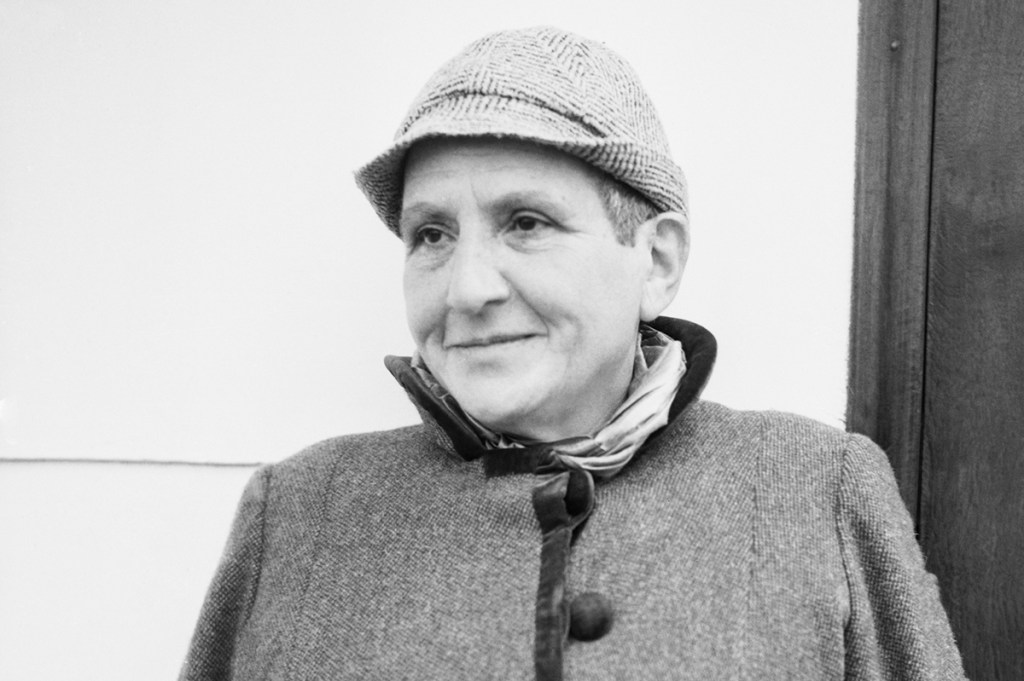







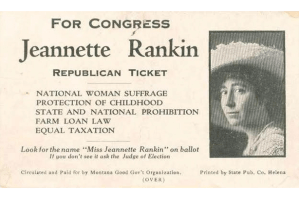
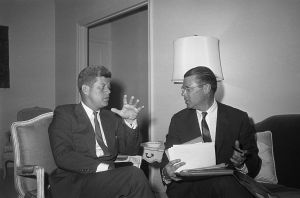

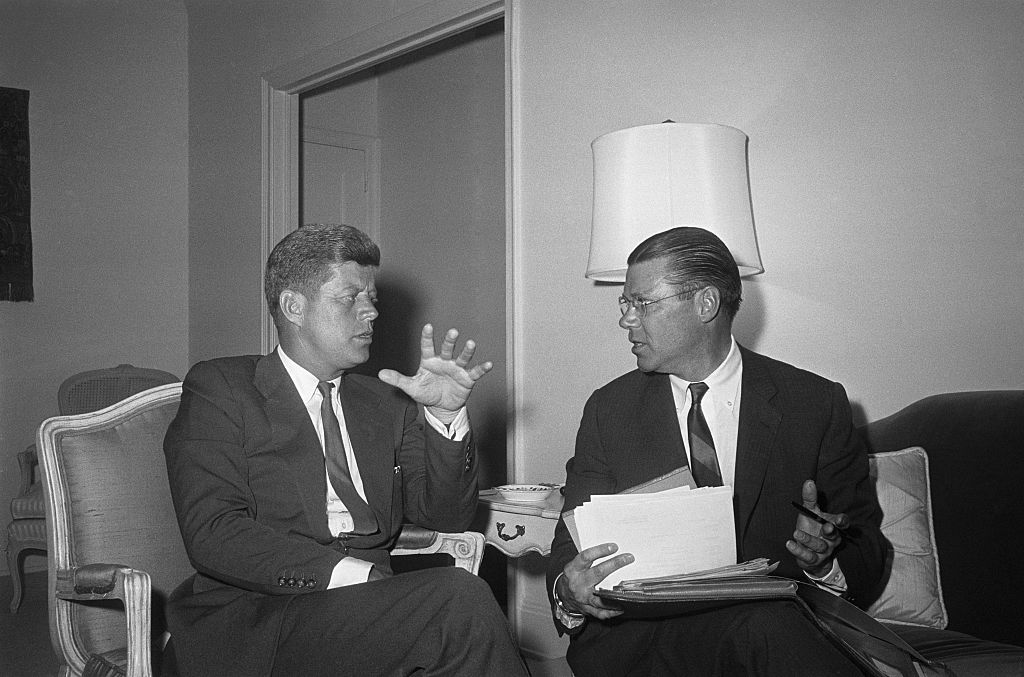

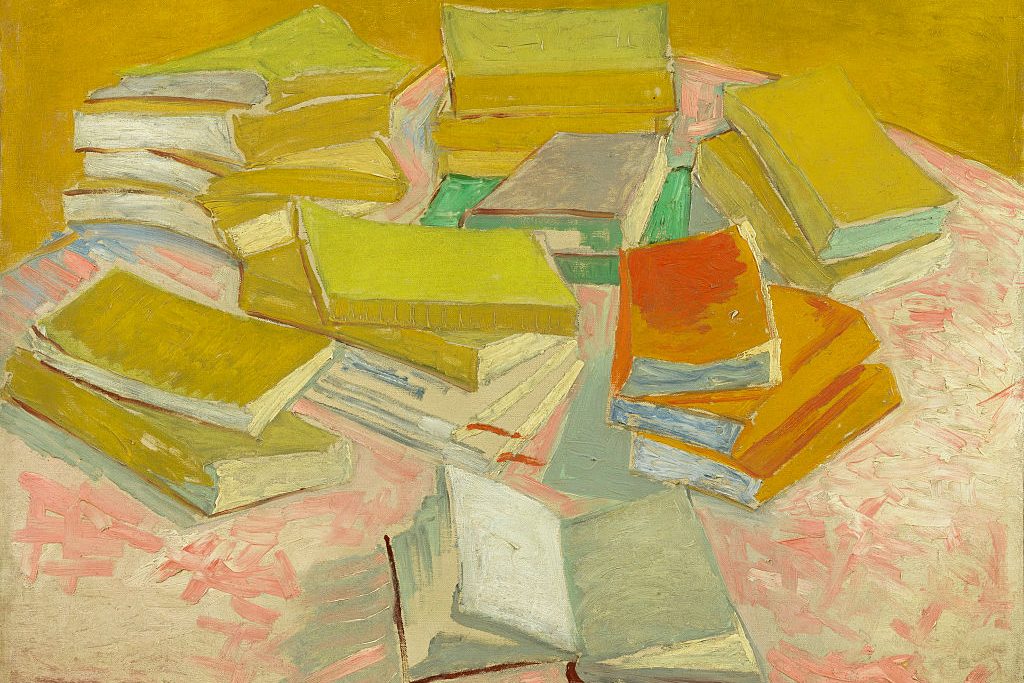
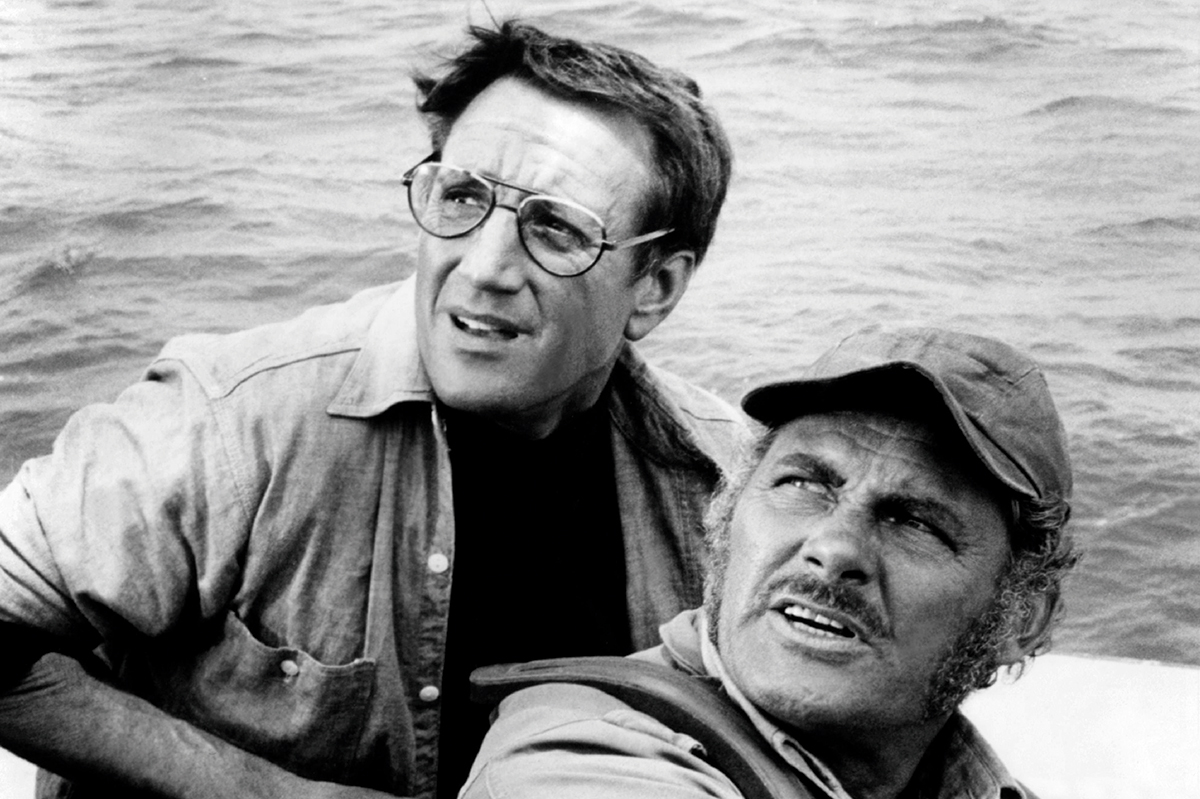





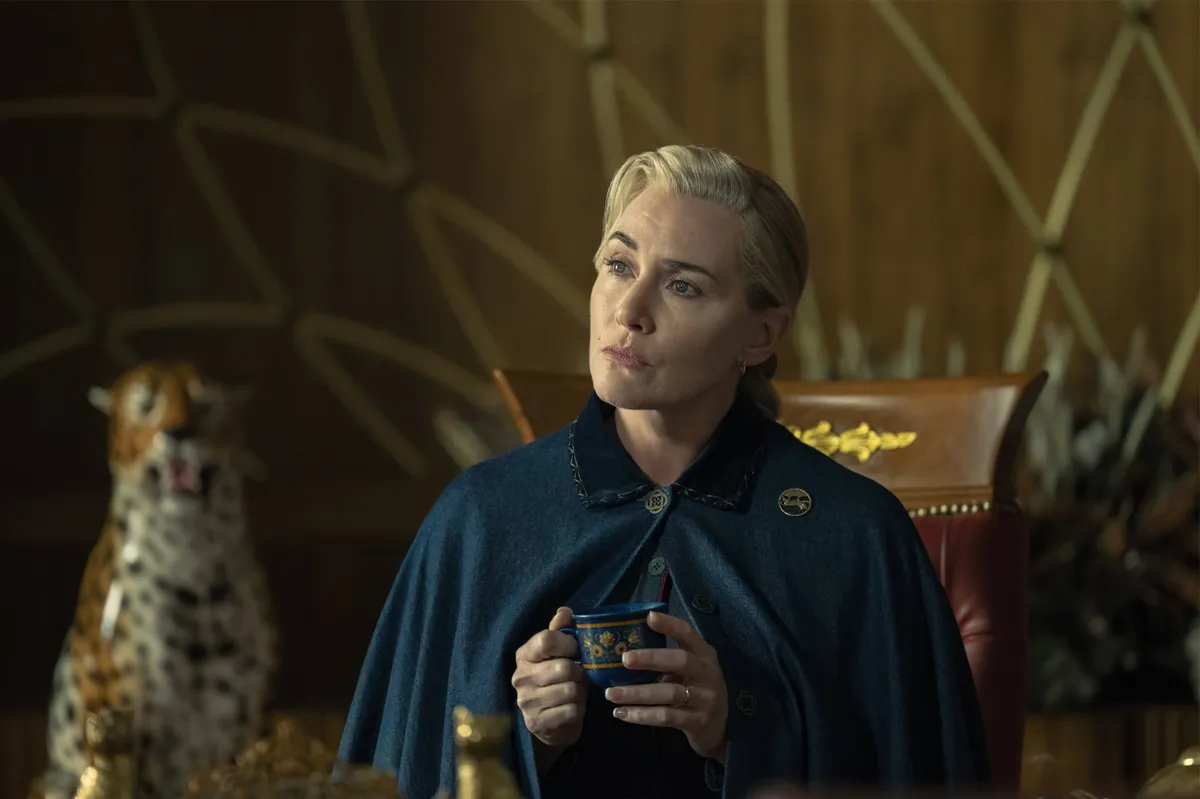


Leave a Reply